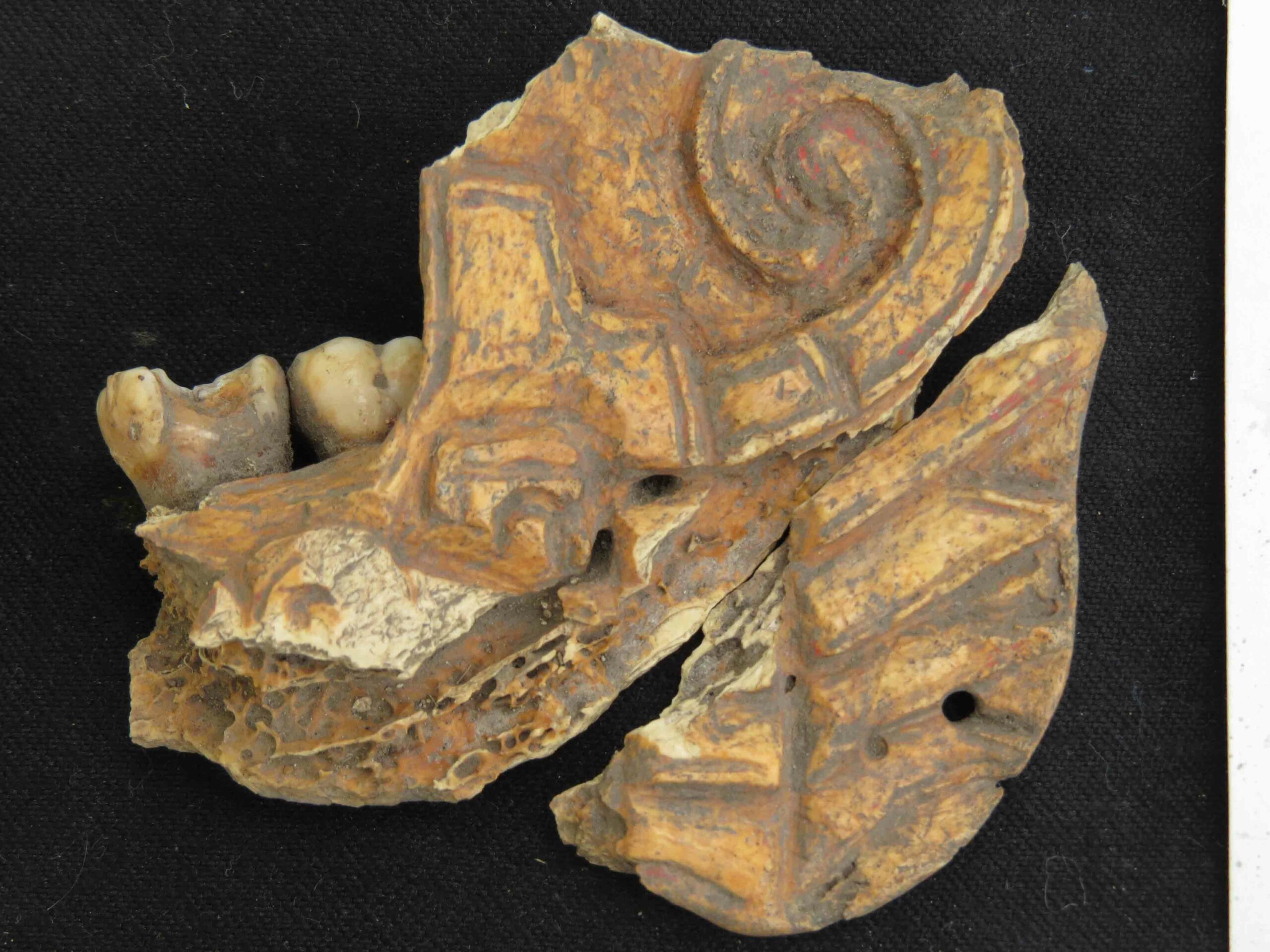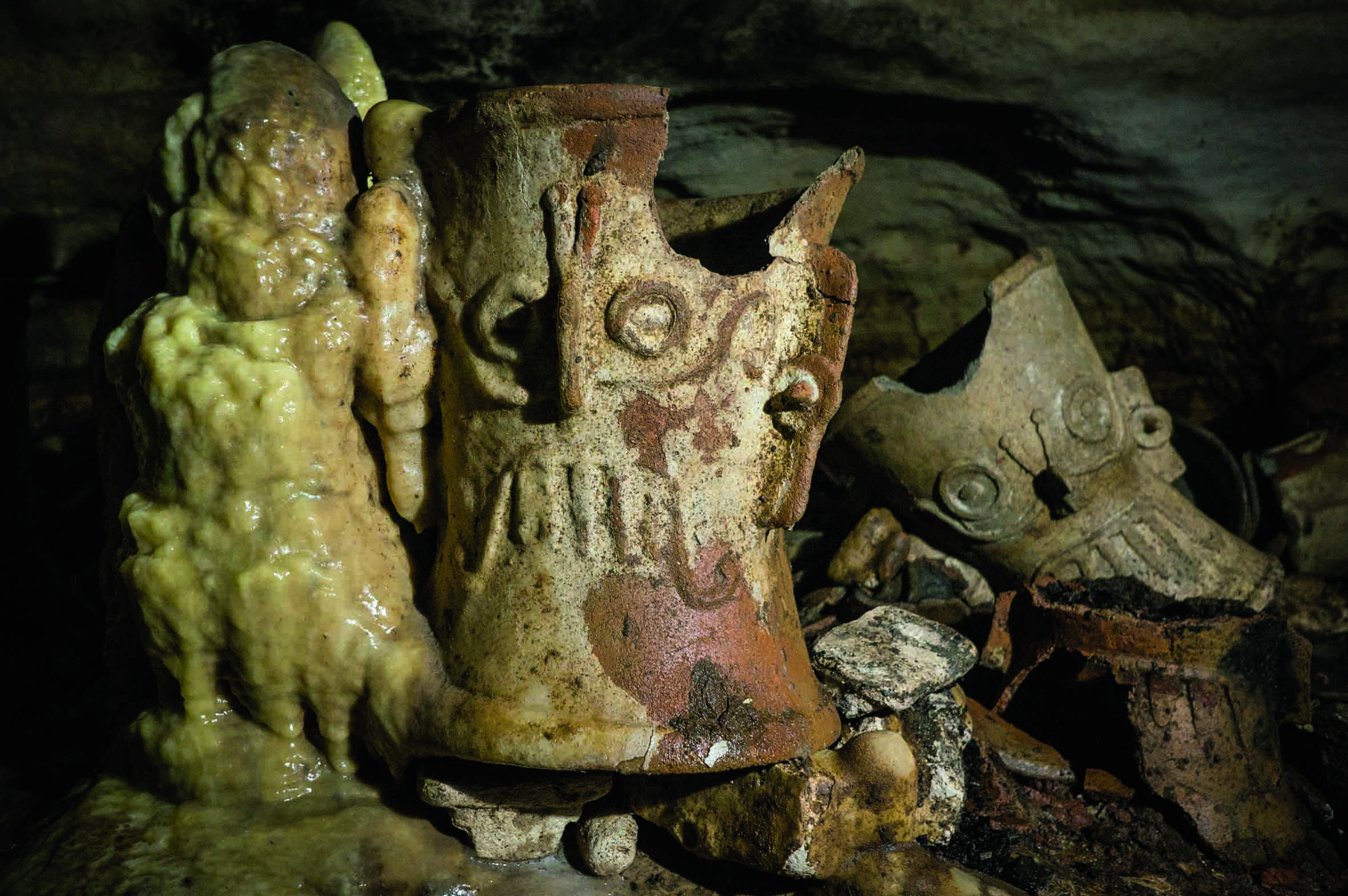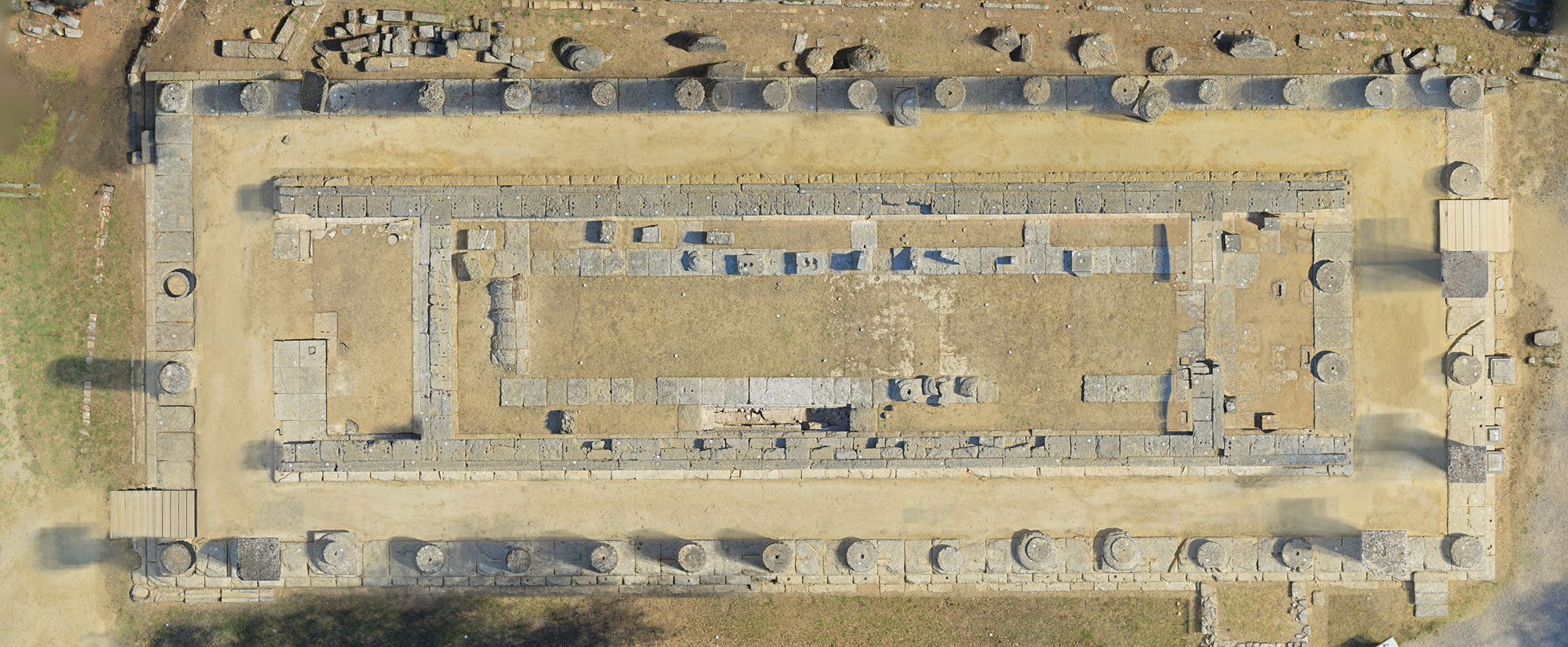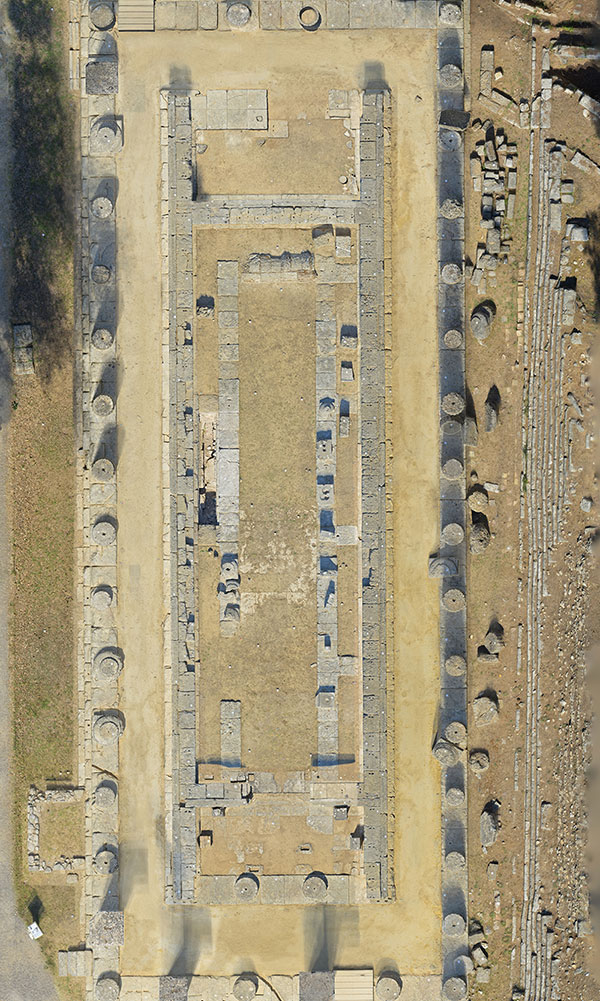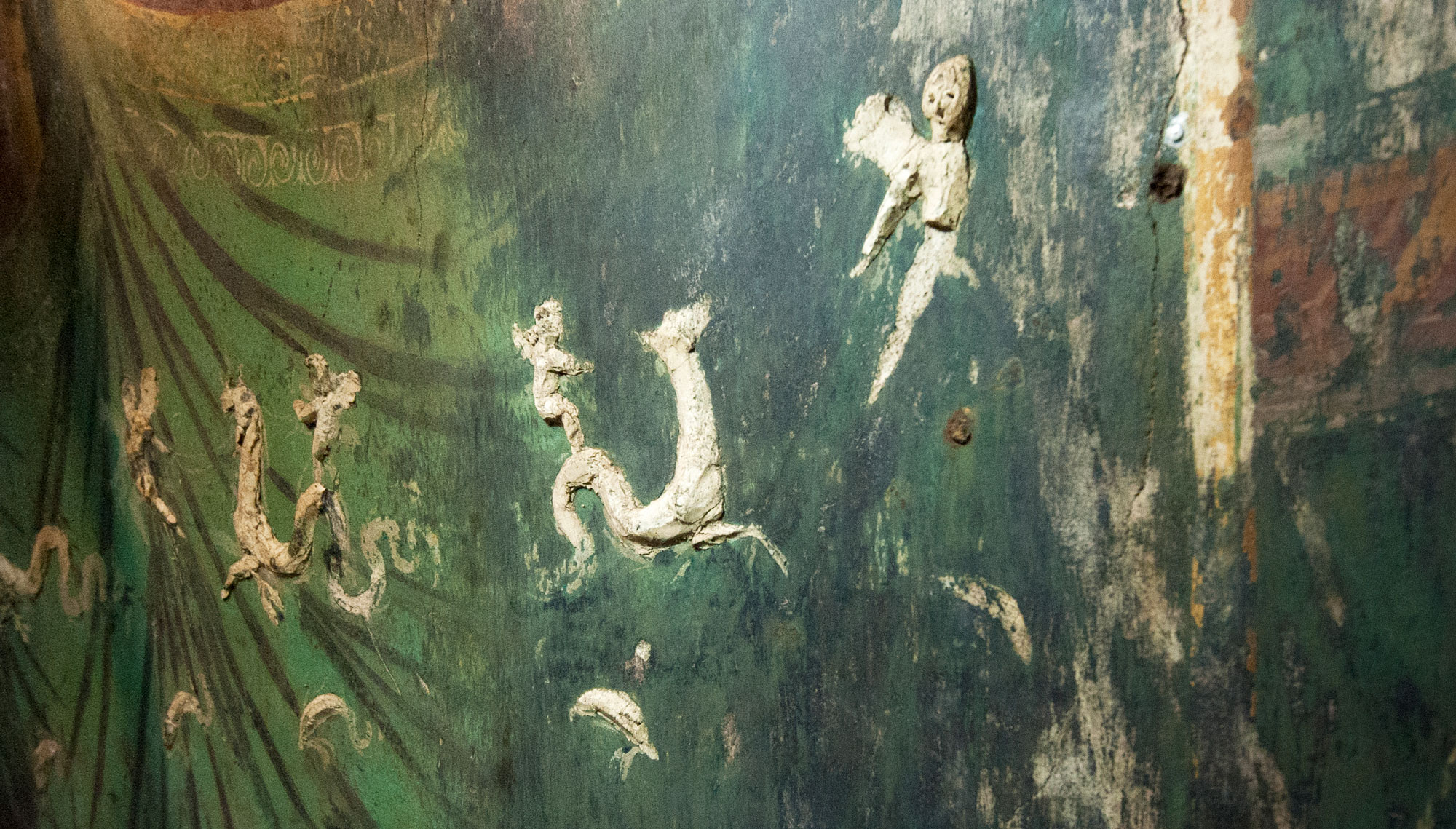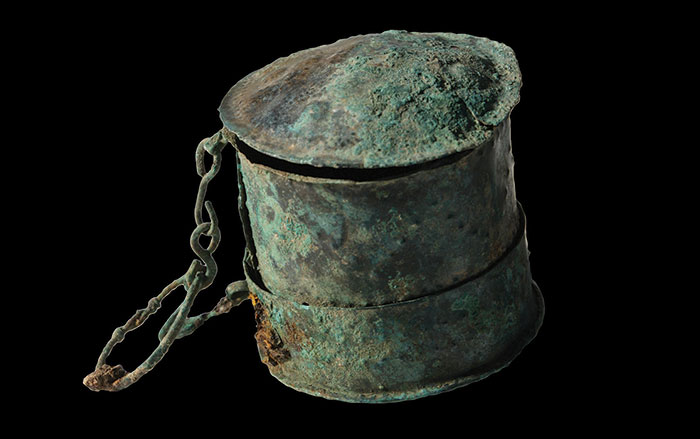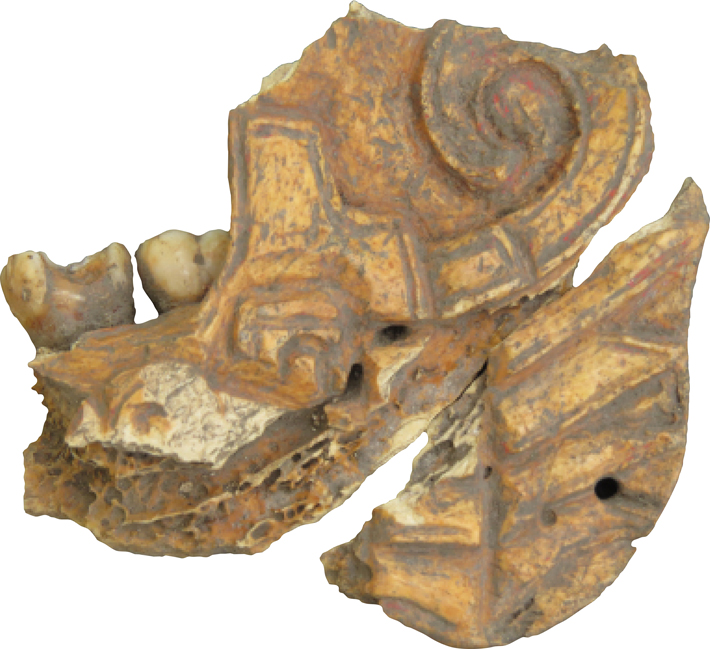
As early as 700 B.C., the Zapotec people of Mexico’s Oaxaca Valley were ruled by lords living in the city of Monte Albán who practiced public rituals that reinforced their vast power. But around A.D. 700, Monte Albán’s influence began to wane. Now archaeologists excavating at a wealthy residence at the site of Dainzú-Macuilxochitl have found evidence that, around that time, Zapotec nobles were practicing private rituals that celebrated their personal power. A team led by Field Museum archaeologist Ronald Faulseit unearthed a temple connected to a noble residence where they found two pierced human mandibles, one of them carved. The bones likely belonged to venerated ancestors and were worn as adornments during rituals that focused on the importance of hereditary power. “They were stressing their own noble lineage,” says Faulseit, “and emphasizing their political and economic independence.”


